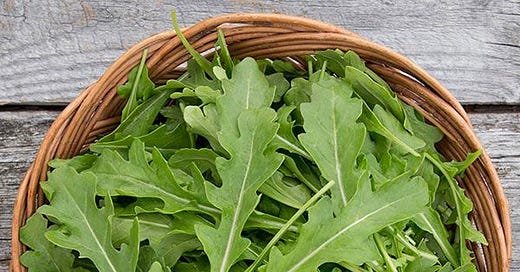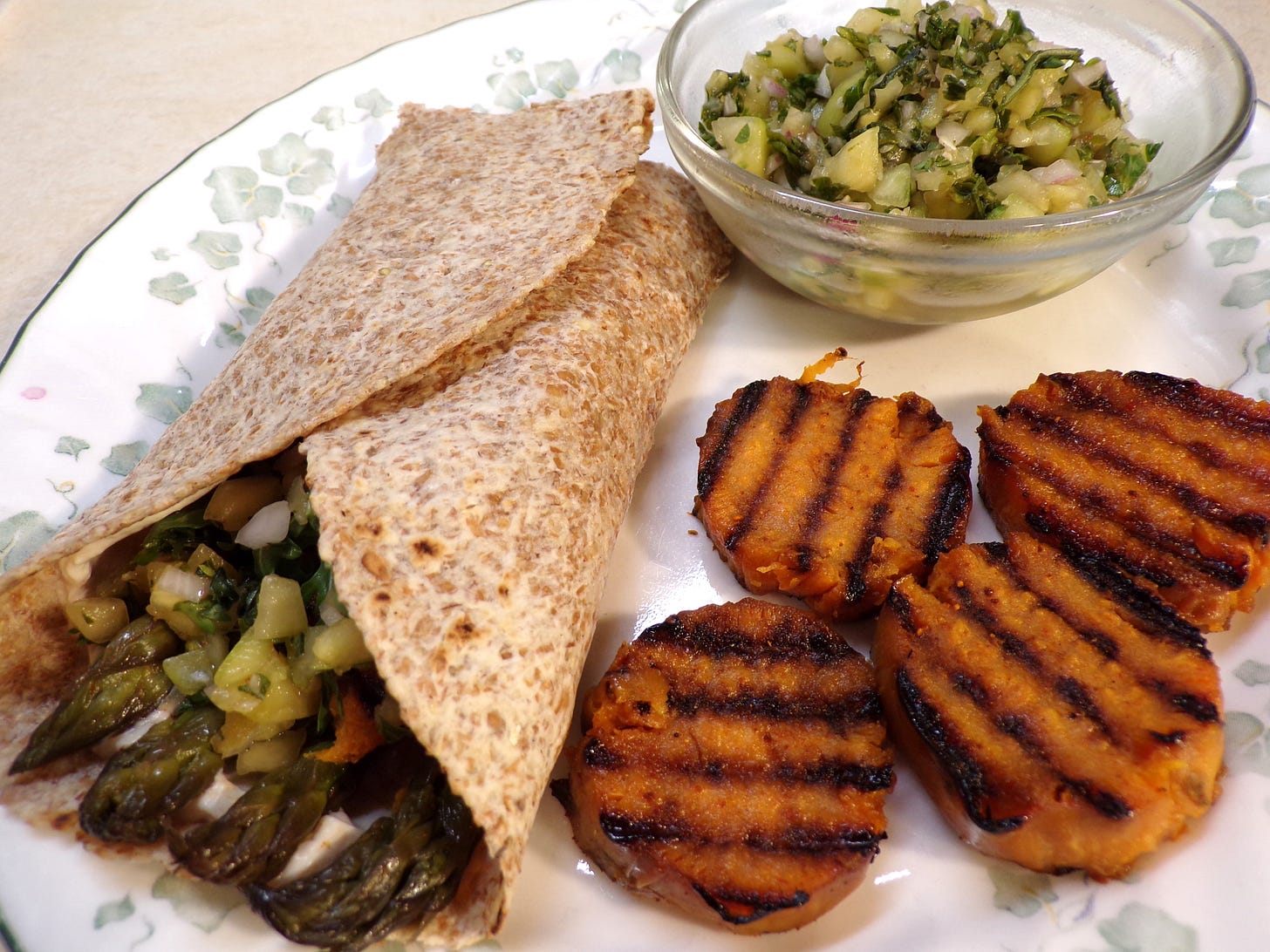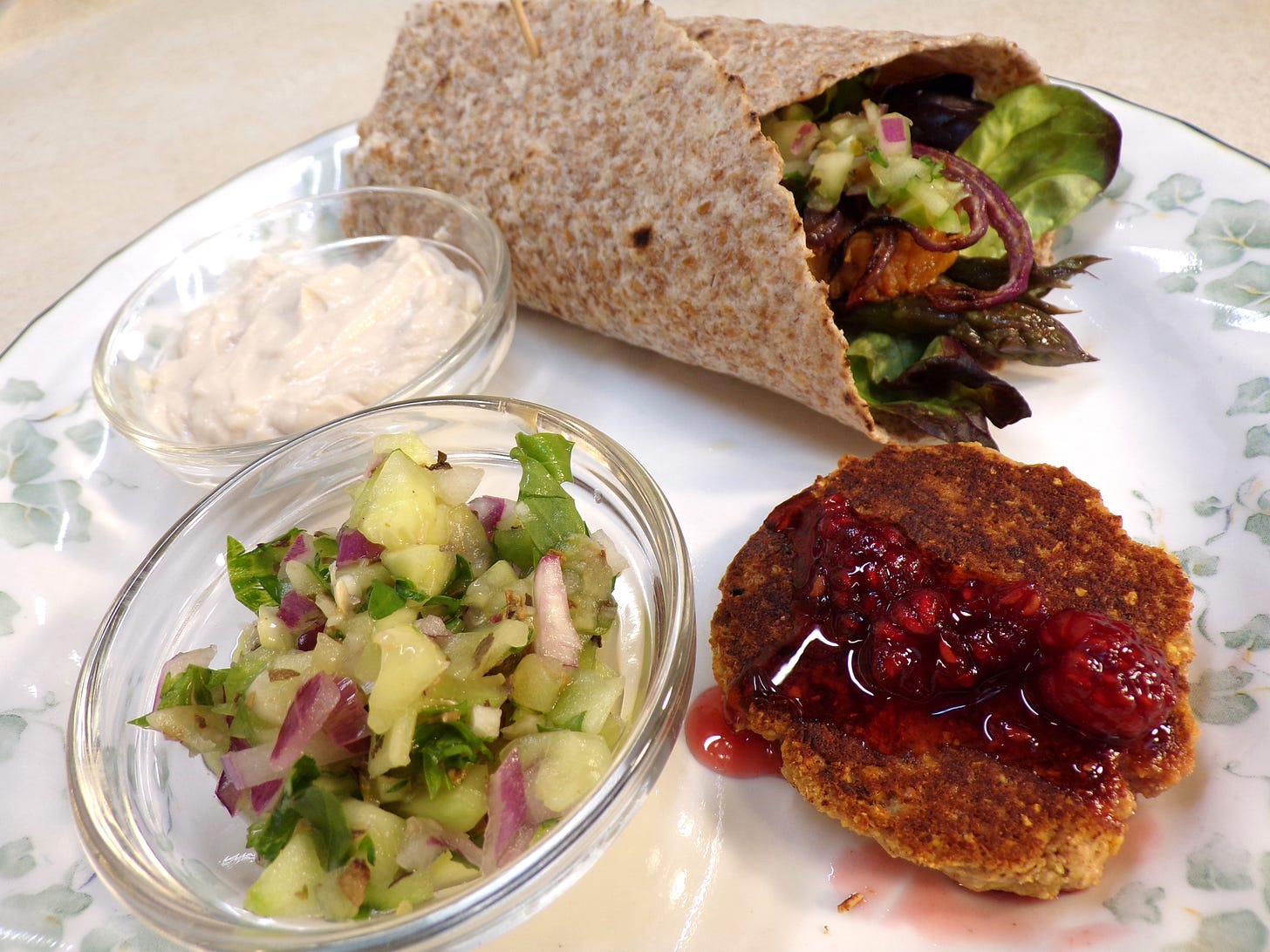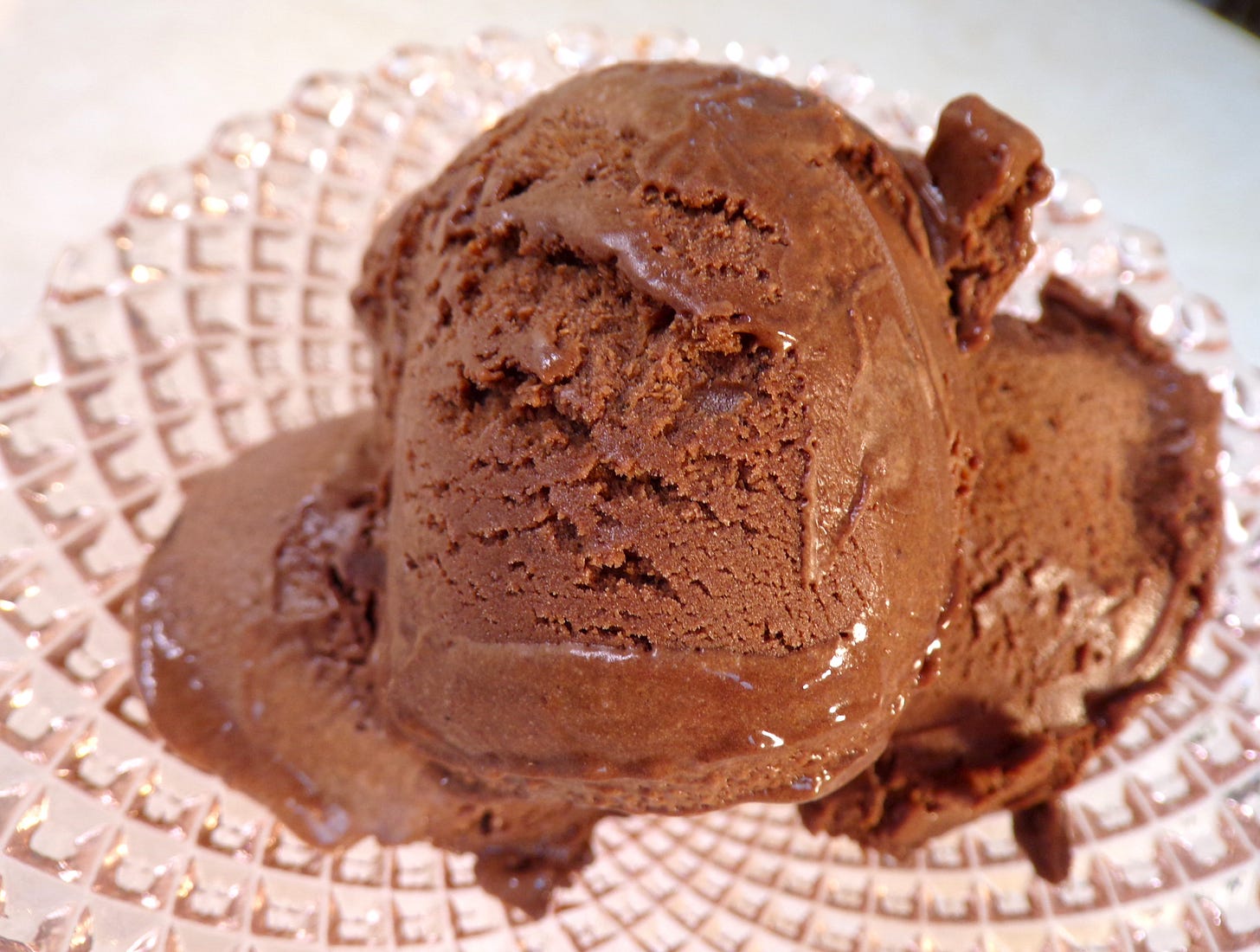Lately I have been hearing a lot about nitric oxide. It seems that everyone is claiming it can help with just about everything and it does seem pretty amazing. The interesting thing about it is that your body produces it and no surprise to me, certain foods help the body produce nitric oxide. And they happen to be all the foods that I use in my cooking and have been teaching about and using to help people overcome dis-ease. Two of my favorites are beets and arugula.
Nitric Oxide: What is it?
Nitric Oxide: What is it? Nitric Oxide is a gas the body produces. It is a unique molecule produced in the body of all mammals. Once it is produced it is gone in less than a second. In that very short period of time, it activates some messengers in the body and then starts the process of signaling for certain functions in the body. It is how cells in the body communicate. Its most common recognized function is in vasodilation (meaning it relaxes the inner muscles of the blood vessels, causing them to widen and increase circulation).
It is also a neurotransmitter in the central nervous system making it extremely important as a signal in neurocognition deficiencies of which cause neurodegenerative disorders. And it is how our immune system fights off invading pathogens from bacteria to viruses to any type of parasites. It is a simple molecule with a significant number of roles it plays in human health.
Nitric oxide is a compound of one nitrogen atom and one oxygen atom that plays a vital role in the body. Nitric oxide production is essential for overall health because it allows blood, nutrients, and oxygen to travel to every part of your body effectively and efficiently. In fact, a limited capacity to produce nitric oxide is associated with heart disease, diabetes, and erectile dysfunction.
Usually, nitric oxide deficiency is found from symptoms. There are known symptoms of nitric oxide deficiencies, the first one is an increase in blood pressure. Also erectile dysfunction. When you lose the ability to regulate blood flow or increase blood flow it is a sign of nitric oxide deficiencies and that is referred to as endothelial dysfunction. As you age the body produces less nitric oxide.
Eating certain vegetables, high in antioxidants, can increase the production of nitric oxide in the body. When these foods are consumed, nitrates are converted into nitric oxide, which confers a wide range of health benefits related to heart health and exercise performance. These antioxidants are found in all foods but primarily those of plant origin, such as fruits, vegetables, nuts, seeds, and grains. Several analyses have shown that eating nitrate-rich vegetables can lower blood pressure as much as some blood pressure medications.
Foods to help the body produce Nitric Oxide:
Beets: Beets are rich in dietary nitrates, which your body can convert to nitric oxide. Beets, good for your heart, brain, kidneys, liver, and purifies the blood. Also known for its high iron content, beets can help if you are anemic. In Oriental medicine they teach us that when a food looks like an organ in the body it feeds and nurtures that organ, which is proven since beets are renowned for their heart health benefits and helping people bring their high blood pressure down. Also contains potassium, phosphorus, calcium, iodine, copper, folic acid, Vitamins A, B complex and C.
Arugula: It is in the cruciferous family. Arugula can help with bone health, heart health, losing weight, reduce risk of cancer and it helps nurture your brain. Known in England as Rockey, this bitter, leafy green vegetable also helps boost your immune system. Also contains carotenoids to help with your eyes, calcium, potassium, magnesium, folic acid, Vitamin A, C, and K. Arugula has what some describe as a ‘peppery’ taste that adds to any leaf lettuce salad. A delicious way to help your body increase the production of nitric oxide.
Garlic: Garlic can boost nitric oxide levels by activating nitric oxide synthase, the enzyme that helps convert the amino acid L-arginine to nitric oxide.
Dark Chocolate (unsweetened): Flavanols found in cocoa can help establish optimal nitric oxide levels in your body to promote heart health and protect cells against oxidative damage.
Celery: When these foods are consumed, nitrates are converted into nitric oxide, which confers a wide range of health benefits related to heart health and exercise performance.
Leafy Green Vegetables: Leafy green vegetables such as arugula, kale, dark lettuces and cabbage are packed with nitrates, which your body converts to nitric oxide. Regular consumption of nitrate-rich foods like green leafy vegetables can help maintain sufficient levels of nitric oxide in your blood and tissues.
Another way to increase nitric oxide is by consuming antioxidants.
Antioxidants are molecules that neutralize free radicals, which contribute to the short life of nitric oxide. These antioxidants are found in all foods but primarily those of plant origin, such as fruits, vegetables, nuts, seeds, and grains.
Vitamin C: This antioxidant helps your body form connective tissues, including skin, bones, tendons, and cartilage. It also produces brain chemicals that help nerve cells communicate.
Vitamin E: This antioxidant protects cells from the damaging effects of free radicals, which are thought to contribute to aging and disease. It also plays an important role in keeping the immune system strong.
Polyphenols: This category of antioxidants is associated with several health benefits, including a reduced risk of cancer and cardiovascular disease.
Glutathione: Coined “the mother of all antioxidants,” glutathione is the main antioxidant and detoxifier of every cell in your body.
Exercise:
Exercise really does get your blood pumping, largely because it improves endothelial function. Endothelium refers to the thin layer of cells that line the blood vessels. These cells produce nitric oxide, which keeps blood vessels healthy. Insufficient nitric oxide production results in endothelium dysfunction, which can contribute to atherosclerosis, high blood pressure, and other risk factors for heart disease. Exercise keeps your endothelial cells and blood vessels healthy by increasing your body’s natural ability to produce nitric oxide.
Several studies have shown that regular physical activity increases endothelial vasodilation in people who have high blood pressure and heart disease, as well as in healthy individuals. Studies have also shown that exercise increases antioxidant activity, which helps inhibit the breakdown of nitric oxide caused by free radicals. The benefits of exercise on endothelial health and nitric oxide production can be seen in as little as 10 weeks when exercising for 30 minutes at least three times a week.
Mouthwash helps deplete Nitric Oxide:
Mouthwash destroys bacteria in your mouth that can contribute to the growth of cavities and other dental diseases. Unfortunately, mouthwash kills all types of bacteria, including the beneficial ones that help produce nitric oxide. Special bacteria in the mouth convert nitrate to nitric oxide. Humans cannot produce nitric oxide from nitrate without these bacteria.
Research has shown that mouthwash kills the oral bacteria needed to produce nitric oxide for up to 12 hours. This leads to a decrease in nitric oxide production and, in some instances, an increase in blood pressure.
The detrimental effects of mouthwash on nitric oxide production may even contribute to the development of diabetes, which is characterized by malfunctions in insulin production or action. This is because nitric oxide also regulates insulin, which helps cells utilize the energy obtained from food after it’s digested. Without nitric oxide, insulin cannot work properly. One study found that people who used mouthwash at least twice daily were 49% more likely to develop diabetes than those who never used mouthwash.
Upcoming Cooking Classes:
Why should you attend a cooking class? They are fun, informative, full of great cooking tips, you learn the health benefits of the ingredients, you get the BEST TASTING recipes I have created using ORGANIC, WHOLE, VEGAN foods! Students who attend say, ‘I always learn something new when I attend one of Chef Val’s cooking classes’.
June Outdoor Grilling - Mexican Cooking Class
Wed. June 25 - 6 to 9 PM (ET)
In person $65.00 - Virtual $55.00
Step by step instruction and hands on experience.
Join me outside for Mexican inspired recipes cooked on the grill. We will be making a Roll Ups filled with all the grilled items and condiments to create one amazing Mexican Grilled Fest! Plus I will be sharing all my grilling tips.
Menu: Mexican Grilled Asparagus, Debra's Grilled Sweet Potatoes, Grilled Purple Onions all served on a Roll Up with Tofu Sour Cream and Cucumber Basil Arugula Salsa, plus Grilled Zucchini Apple Dessert Bunuelos (Fritters) with Raspberry Sauce.
The Ultimate Chocolate Cream Pie and Chocolate Ice Cream Cooking Class
Wed. July 3 - 7 to 8:30 PM (ET)
$36.00 - Virtual through zoom - All NEW Recipes!
Celebrate the 4th of July with these amazingly delicious desserts!
I have created the creamiest, light, decadent and very chocolate pie. And the recipe I created can be used in a few different ways such as making Ice Cream. This class is full of cooking ideas, tips and 5 recipes!
You will learn how to make: whipped Aquafaba sweetened with brown rice syrup, Ginger Cookies for the cookie crumb crust, Chocolate Pudding, The Ultimate Chocolate Cream Pie and Chocolate Ice Cream.
Have you looked at the ingredients of vegan ice cream lately? It is full of very sweet ‘healthy sweeteners’, that are NOT healthy! (Examples: stevia, dextrose, sucrose, coconut sugar, all intensely sweet.) And refined ingredients that I do not consume. There was not one vegan ice cream I would purchase the last time I looked at them. So, I created my version with ingredients that are WHOLE, ORGANIC, VEGAN and sweetened with BROWN RICE SYRUP.
Sign up here: https://macroval.com/cookingclasses.htm
Thank you for reading, liking, sharing and subscribing to my blog. Please consider becoming a paid subscriber to help support my work. Your support is greatly appreciated.









